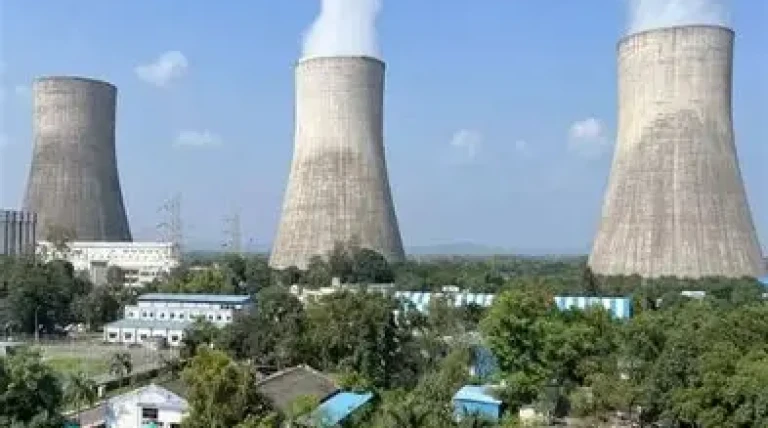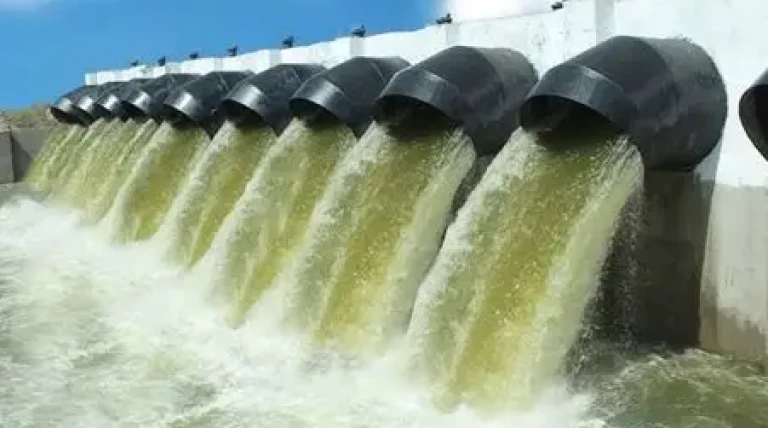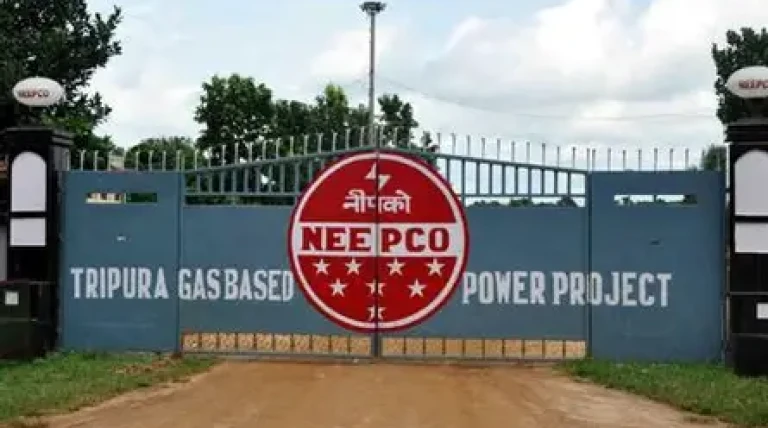India has launched the Nuclear Energy Mission with the goal of expanding its nuclear power capacity from 8.8 GW to 100 GW by 2047, aligning with the country’s long-term clean energy and climate commitments.
Unveiled as part of the FY26 Union Budget, the mission includes structural reforms to enable private and foreign participation, supported by a comprehensive roadmap addressing financing, safety, fuel supply, and policy frameworks. The initiative envisions a diverse reactor mix, including PHWRs, PWRs, FBRs, and modular reactors, with a total investment of approximately ₹20 lakh crore.
Key enablers include uranium procurement, heavy water and enriched fuel supply, and development of skilled manpower. A high-level inter-ministerial committee has recommended strategies such as indigenous manufacturing, fleet-based reactor procurement, credit enhancement mechanisms, and recognizing nuclear power within climate finance taxonomies to help reduce tariffs.
The mission also prioritizes robust frameworks for spent fuel handling, waste management, and plant decommissioning. With this initiative, India aims to position itself as a global leader in nuclear energy—balancing energy security, sustainability, and economic viability.
News by Rahul Yelligetti.
![{[setting('site_name')]}](https://projxnews.com/uploads/setting/16983847711140531930.webp)












